 by "SteveLehto" (stevelehto)
by "SteveLehto" (stevelehto)
Published 01/13/2017 at 10:18
 by "SteveLehto" (stevelehto)
by "SteveLehto" (stevelehto)
Published 01/13/2017 at 10:18
No Tags
STARS: 4
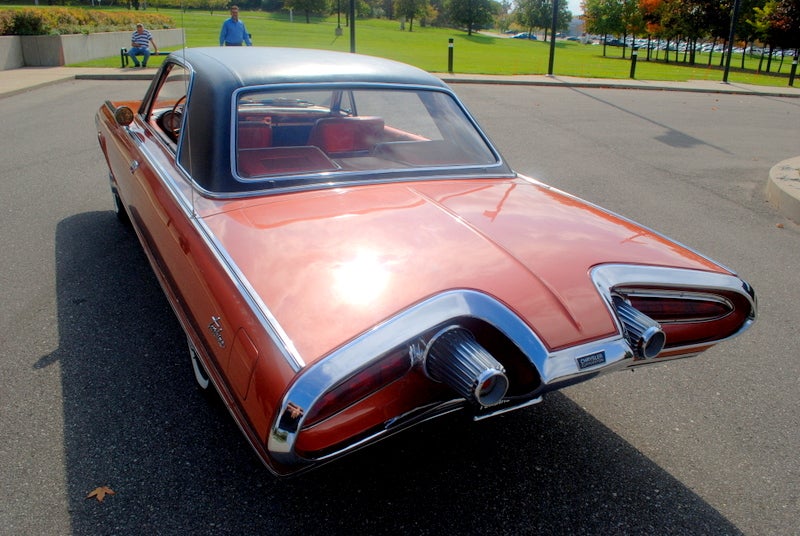
Not long ago I posted a video of a Chrysler Turbine car. That is, a friend of mine and I walking around it and talking about it and then taking it for a drive. A few viewers complained that the sound of the engine was not prominently placed in the video. I solved that with this video.
I rounded up all the footage shot from the back seat which includes what the car sounds like from the inside (with the windows down) and some from the outside shot at the rear of the car for full voluminous effect.
Enjoy. I did.
!!! UNKNOWN CONTENT TYPE !!!
 "Jcarr" (jcarr)
"Jcarr" (jcarr)
01/13/2017 at 10:37, STARS: 1
Needs an AGT1500 swap.
!!! UNKNOWN CONTENT TYPE !!!
 "Chariotoflove" (chariotoflove)
"Chariotoflove" (chariotoflove)
01/13/2017 at 10:47, STARS: 2
Fabulous. Like a real life batmobile.
 "JawzX2, Boost Addict. 1.6t, 2.7tt, 4.2t" (jawzx2)
"JawzX2, Boost Addict. 1.6t, 2.7tt, 4.2t" (jawzx2)
01/13/2017 at 11:07, STARS: 1
Man, itís damn quiet all things considered. Iím sure the regenerators and long tail pipe help with the noise. Last video you mentioned the electric vacuum pump for the brakes, but how are the other accessories powered? Does it have a gear reduction box to drive standard alternator, power steering pump and a/c compressor, or does it use special aircraft-style high speed accessories?
 "The Lurktastic Opponaught" (oppolurker)
"The Lurktastic Opponaught" (oppolurker)
01/13/2017 at 11:09, STARS: 0
I had no idea there was still an operable example. Thatís remarkable, thanks for sharing.
 "jimz" (jimz)
"jimz" (jimz)
01/13/2017 at 11:23, STARS: 2
it had an accessory drive gearbox on the front of the engine.
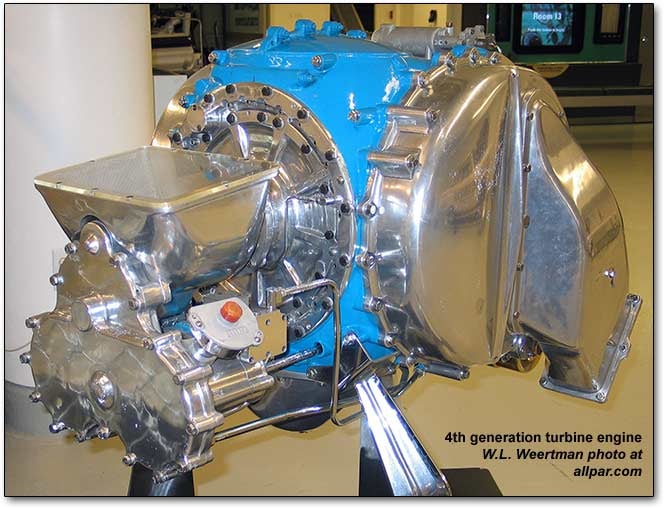
Iím sure the regenerators and long tail pipe help with the noise.
they do, but it also helps that itís a turboshaft engine. The free turbine (what drives the transmission input shaft) extracts most of the energy in the exhaust. as opposed to a turbojet (true jet engine) which provides thrust by shooting the exhaust out the nozzle at high velocity, which is incredibly noisy.
the other source of noise from a turbine is the ear-piercing scream of the compressor inlet; the Turbine car had a well-baffled intake box to suppress and cancel the shriek.
 "SteveLehto" (stevelehto)
"SteveLehto" (stevelehto)
01/13/2017 at 15:16, STARS: 1
Yes, I concur. And one of the things that we think of as ďjet soundĒ is really all the gear noise from accessory drives (imagine the noise you hear coming from an engine when the jet is idling on the tarmac).
I was even a little surprised when I compared the segments in this piece as I was editing. ALL the windows were down. Now, we never did rev it up past 30K but it was remarkably quiet in the cabin. It only seemed loud when I was back by the exhaust.
I also love the chrome display engine. I got some pics of that from an earlier visit to the musuem.
 "SteveLehto" (stevelehto)
"SteveLehto" (stevelehto)
01/13/2017 at 15:17, STARS: 2
There are others. Chrysler has two that both run. Jay Lenoís runs as does the one at the St Louis Museum of Transportation.
 "jimz" (jimz)
"jimz" (jimz)
01/14/2017 at 10:36, STARS: 0
itís like trying to get people to understand these things arenít powered by ďjet enginesĒ
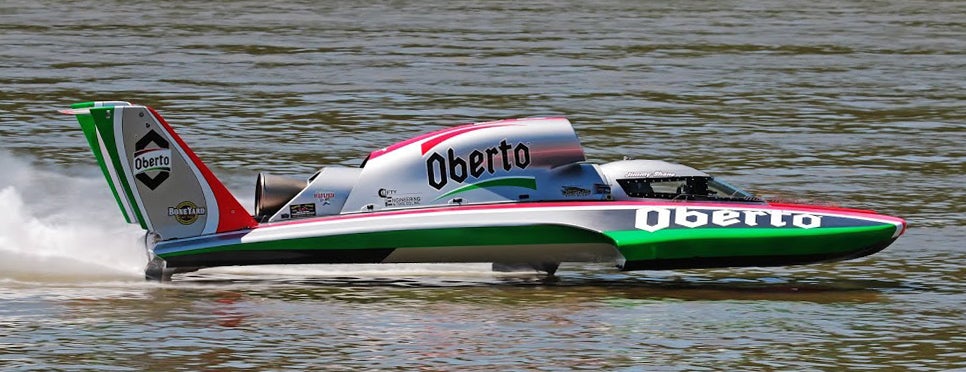
 "SteveLehto" (stevelehto)
"SteveLehto" (stevelehto)
01/14/2017 at 20:50, STARS: 0
How fast does the prop turn on that thing? Like a zillion RPM?
 "jimz" (jimz)
"jimz" (jimz)
01/15/2017 at 00:01, STARS: 0
IIRC the rated output shaft speed of the Lycoming T55-L7 was around 10,000 rpm, and the gearbox in the hydroplanes was roughly 1:2, so around 5,000 rpm or so.
 "SteveLehto" (stevelehto)
"SteveLehto" (stevelehto)
01/15/2017 at 06:51, STARS: 0
Itís so hard to imagine. Youíd think that at some point the prop would lose efficiency because the water would somehow not be able to move fast enough or something. Iíve seen those boats (and the ones with Allison V-12s in them) many times on the Detroit River. Remarkable machines in every sense (and LOUD).
 "jimz" (jimz)
"jimz" (jimz)
01/15/2017 at 10:44, STARS: 2
the biggest problem is cavitation; the pressure on the leading (forward) side of the prop blades drops so low water vapor bubbles form. When those bubbles collapse, they can actually bore holes into the metal.
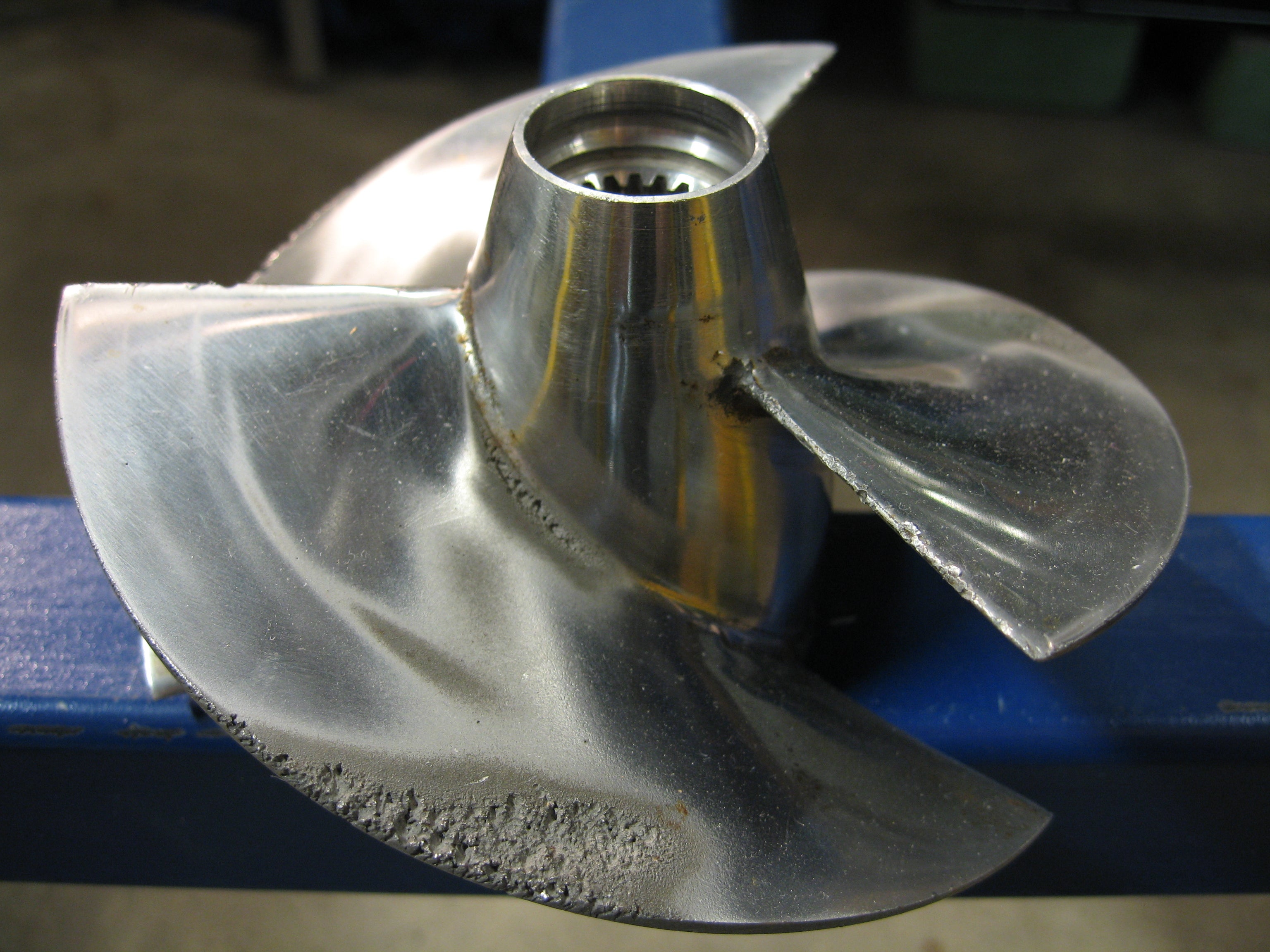
careful blade design can mitigate this.
Plus, hydroplanes use surface-drive ďcleaverĒ propellers, so only the bottom half of the prop is actually in the water.
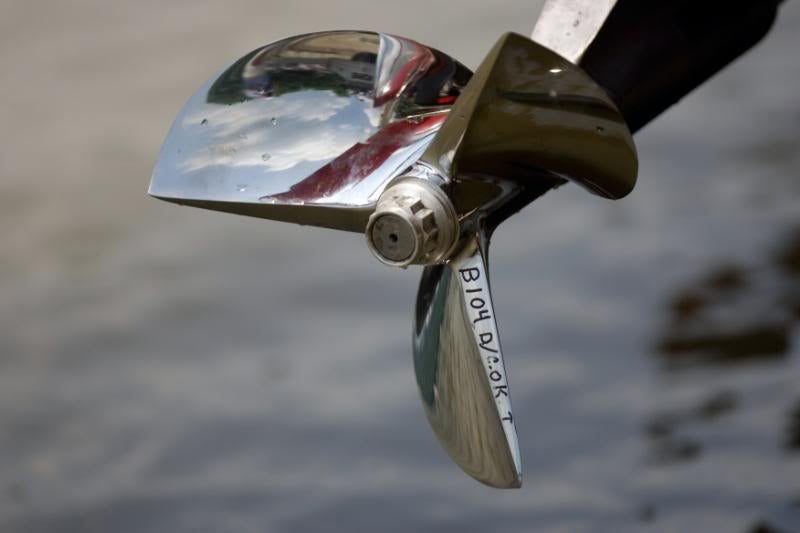
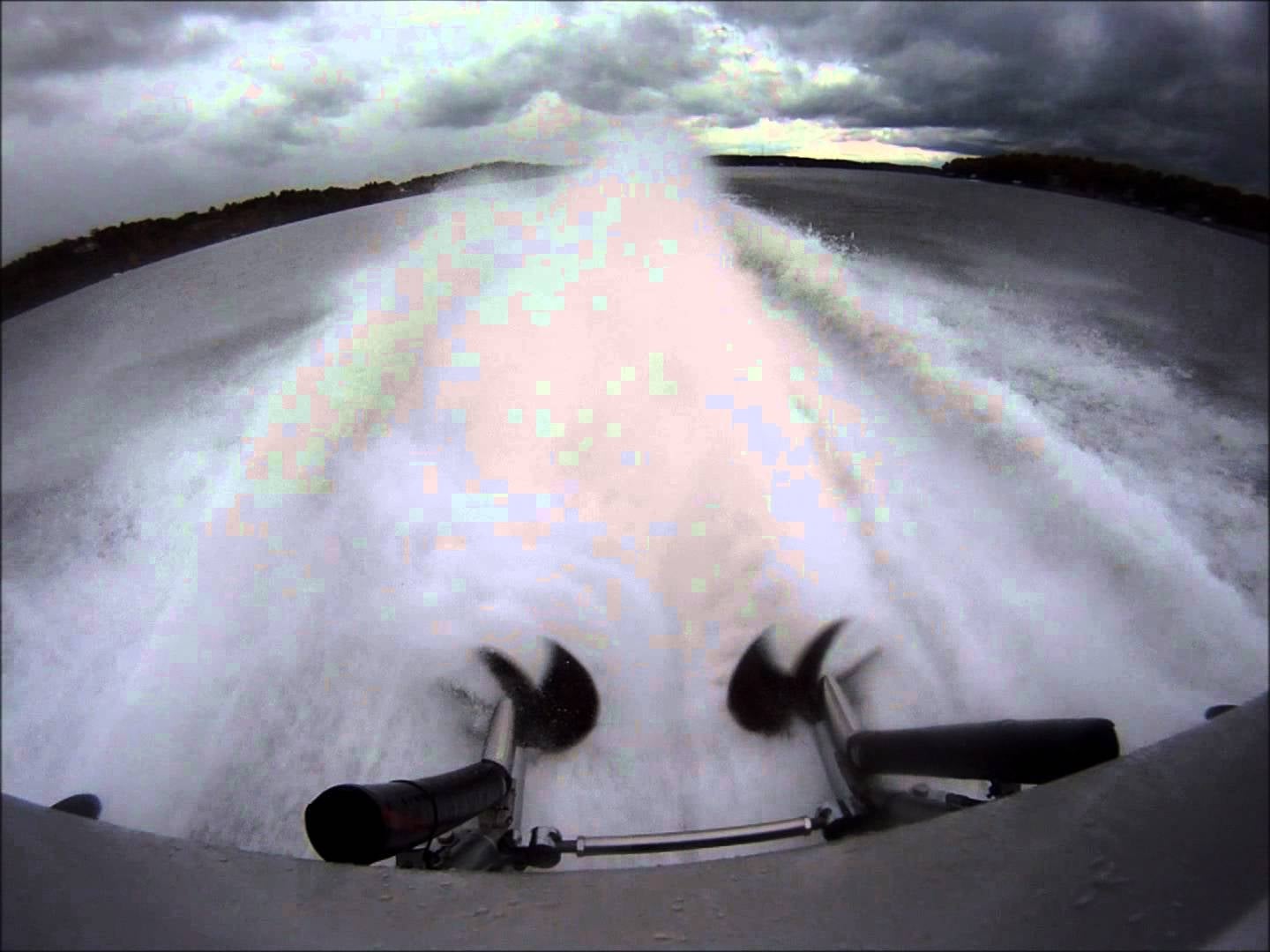
(the second one isnít from a hydroplane, but it shows the concept perfectly.)